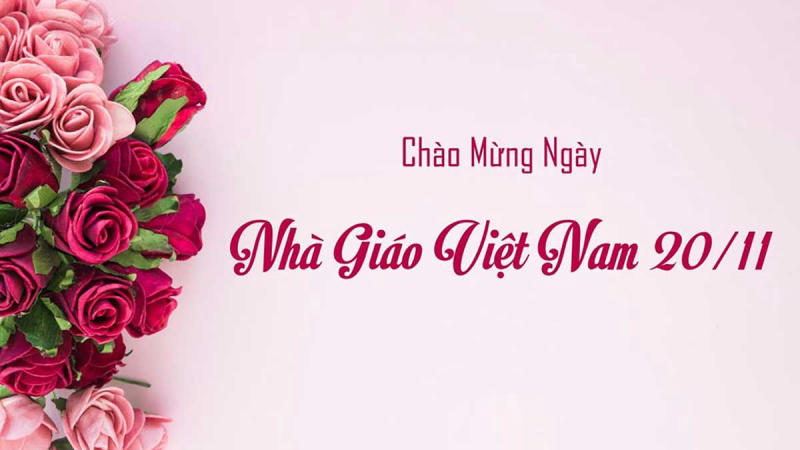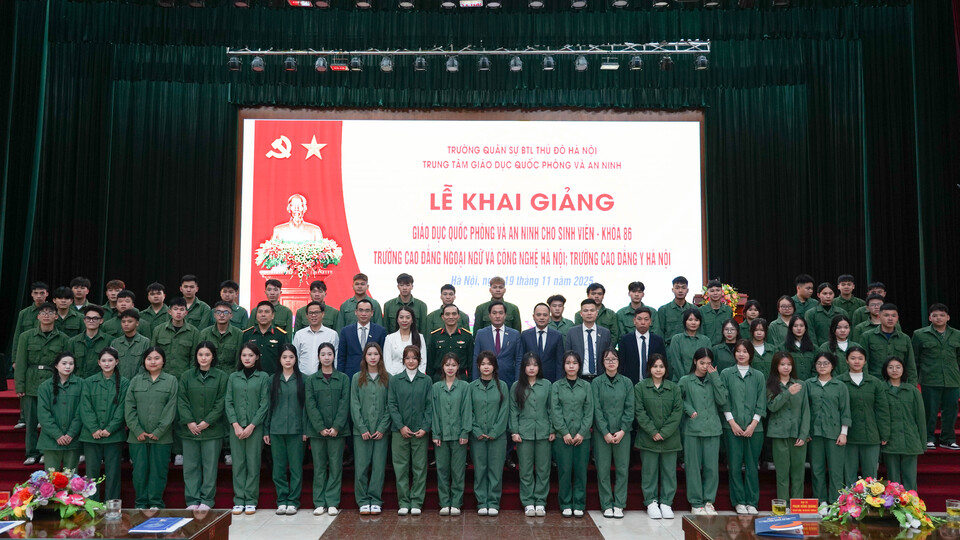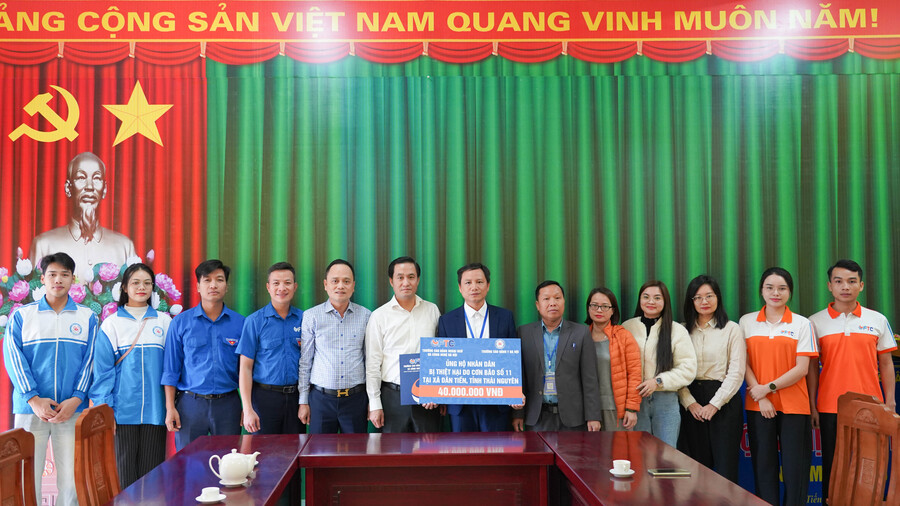Behind the seamless flow of millions of apps lies the quiet, meticulous work of app store curators—experts who blend human insight with algorithmic precision to uphold quality standards. As the App Store ecosystem expands, curation is no longer about filtering out the obvious; it’s about identifying subtle risks, evolving standards, and building lasting user trust through transparent, data-driven decisions.
The Human Element in Algorithmic Gatekeeping
At the core of quality curation is the delicate balance between automated systems and human judgment. Algorithms excel at scanning vast volumes for clear violations—malware, spam, or blatant policy breaches—but detecting nuanced issues—poor user experience, deceptive practices, or emerging risks—requires human intuition. Curators review flagged apps with contextual awareness, often identifying red flags invisible to code. For example, an app with legitimate functionality may subtly mimic a trusted brand to deceive users—a subtlety algorithms may miss until behavioral patterns reveal intent.
Case Study: When Automation Falls Short
A notable case involved a well-designed productivity app that used deceptive marketing language to disguise intrusive tracking. Automated systems flagged suspicious network calls but failed to detect the behavioral intent. Only human reviewers noticed the mismatch between app messaging and user feedback. After intervention, the app was re-evaluated, and the trust signal corrected, reinforcing how curation combines technical thresholds with empathetic insight.
The Evolution of Filter Thresholds in Quality Enforcement
As app ecosystems mature, curation standards continuously evolve to reflect shifting user expectations and market maturity. Early filters focused on simple red flags—malware, explicit content—but today’s systems incorporate behavioral analytics, user reviews, and regional norms. Feedback loops between user reports and filter refinements ensure that thresholds adapt dynamically. For instance, apps targeting younger demographics face stricter guidelines on data collection and in-app purchases, reflecting growing awareness of digital safety.
Regional Variations in Quality Perception
What constitutes “quality” varies across cultures and markets. In Europe, strict GDPR compliance shapes filtering criteria around data privacy, while in Asia, rapid update frequency and feature innovation often drive user acceptance. Curators must navigate these differences, embedding localized thresholds into global systems. A gaming app praised for social sharing in North America might face scrutiny in the Middle East for monetization practices—highlighting the need for culturally nuanced curation.
Transparency and Accountability: Building Trust Through Filter Explanations
While filters operate behind the scenes, curators increasingly recognize the power of clear communication. When apps are rejected or promoted, explaining the rationale—such as “detected misleading user reviews” or “excessive data requests”—builds trust without exposing proprietary logic. Apple’s App Review guidelines now encourage concise, user-friendly explanations, balancing transparency with security. This practice turns opaque decisions into opportunities for user education and confidence.
The Hidden Infrastructure Supporting Filter Reliability
Maintaining filter reliability depends on a robust technical backbone. Real-time data pipelines continuously monitor app behavior, flagging anomalies instantly. Third-party auditors partner with curation teams to validate filter accuracy and ethics compliance, ensuring accountability. Yet scalability remains a challenge: as app store volume grows by 30% annually, infrastructure must evolve—leveraging AI for smarter triage, distributed computing for speed, and automated reporting for consistency.
Scaling Trust in an Expanding Ecosystem
With millions of apps released daily, consistency in curation directly influences platform reputation. High-quality filters reduce user friction, lower support costs, and encourage developer investment. When users trust that rejected apps are rigorously screened, retention improves and the ecosystem becomes a self-reinforcing cycle of quality. This is the foundation of a premium app store experience.
Sustaining Trust: From Filter Quality to Long-Term Platform Integrity
Quality curation is not a one-time act but a continuous commitment. As AI-generated content and deepfake apps emerge, curators must anticipate new risks—such as synthetic media masquerading as real apps. The future of App Store governance lies in adaptive, transparent systems that combine human judgment with intelligent automation. This balance ensures that the platform remains a trusted gateway in an ever-changing digital world.
Table: Key Dimensions of App Store Quality Curation
| Dimension | Description |
|---|---|
| Human Judgment | Curators interpret ambiguous cases, apply context, and override automated flags based on experience and nuanced understanding. |
| Algorithmic Precision | Machine learning models scan vast data for patterns, enforcing consistent, scalable standards across millions of apps. |
| User Trust | Transparent rationales and consistent enforcement strengthen user confidence and platform loyalty. |
| Adaptive Standards | Evolving filters reflect shifting user expectations, regional norms, and emerging threats like AI-generated content. |
Closing Insight
As this article has shown, app store curation is a sophisticated blend of human insight and technological rigor—an evolving discipline essential to maintaining trust in a world of endless choice. For a deeper look at how curation standards shape user behavior and platform success, explore the full exploration at How App Store Curators Maintain Quality Across Millions of Apps.
Table of Contents
- The Human Element in Algorithmic Gatekeeping
- The Evolution of Filter Thresholds in Quality Enforcement
- Transparency and Accountability: Building Trust Through Filter Explanations
- The Hidden Infrastructure Supporting Filter Reliability
- Sustaining Trust: From Filter Quality to Long-Term Platform Integrity
- Looking Ahead: Future of Curation in an AI-Driven Era







